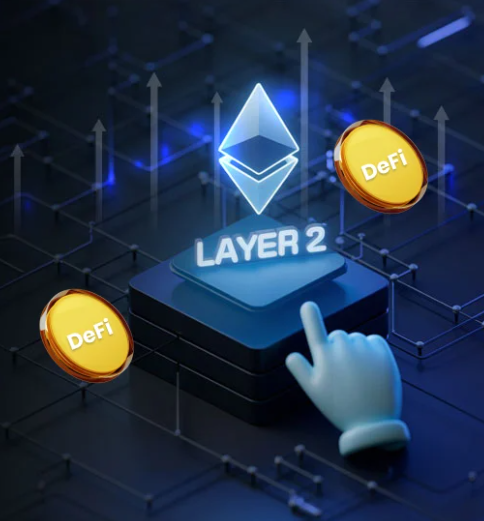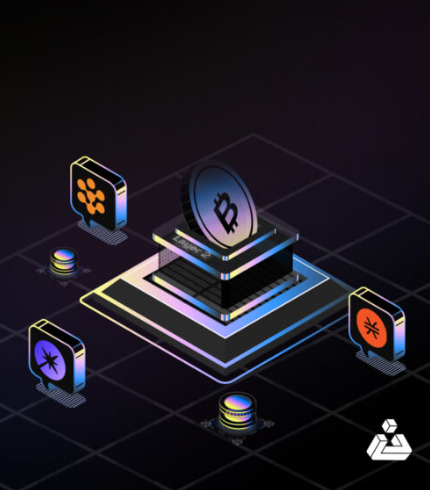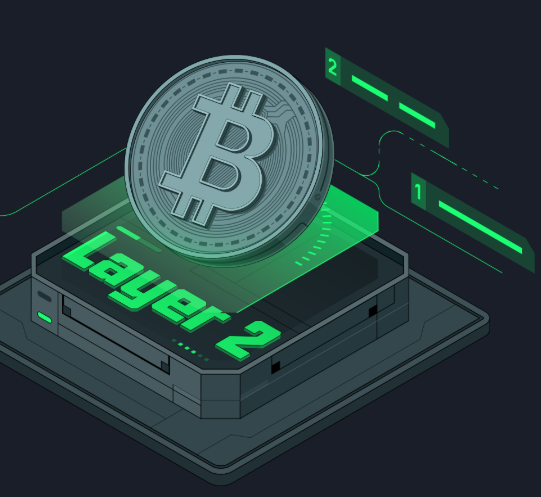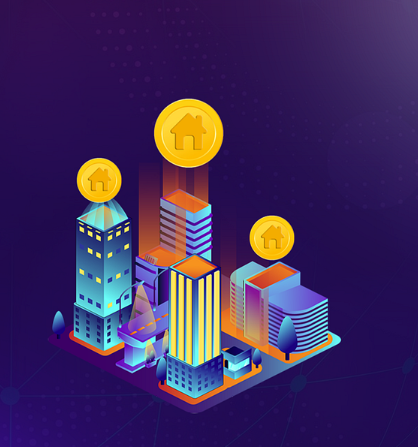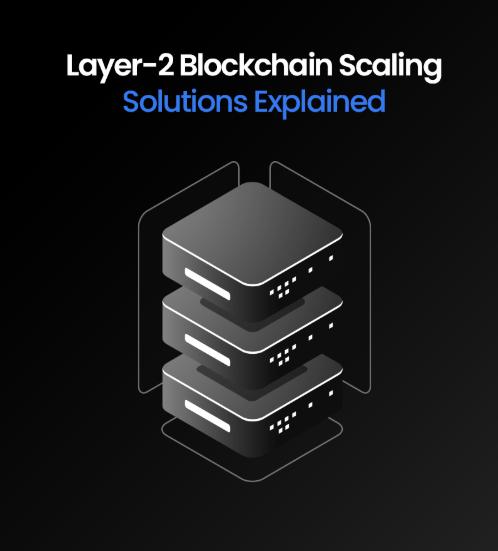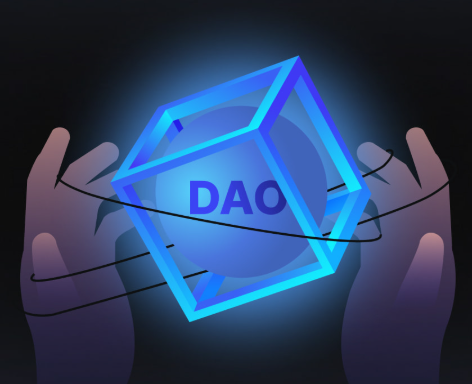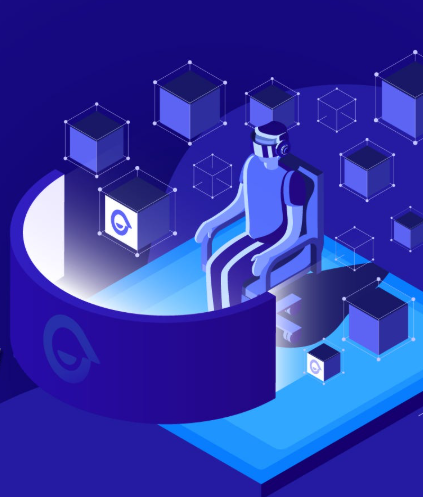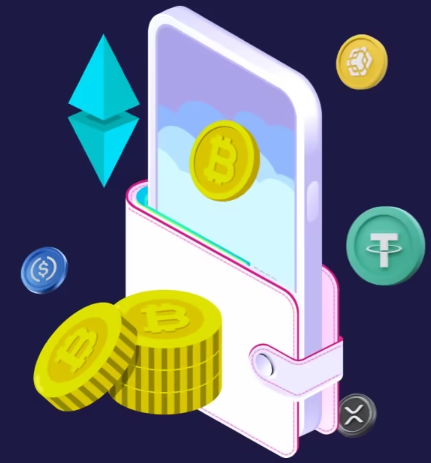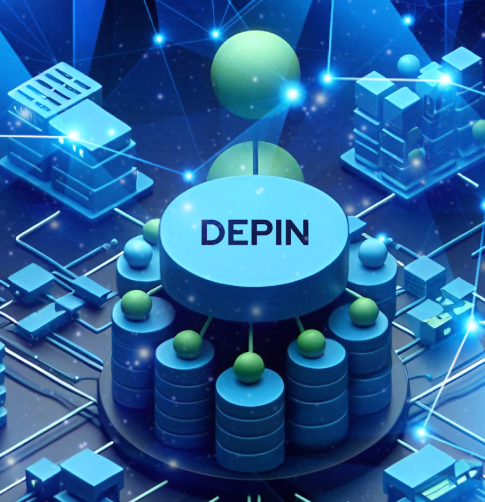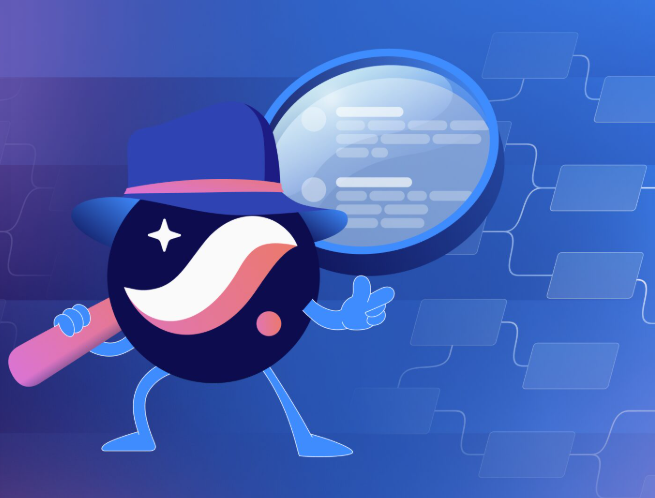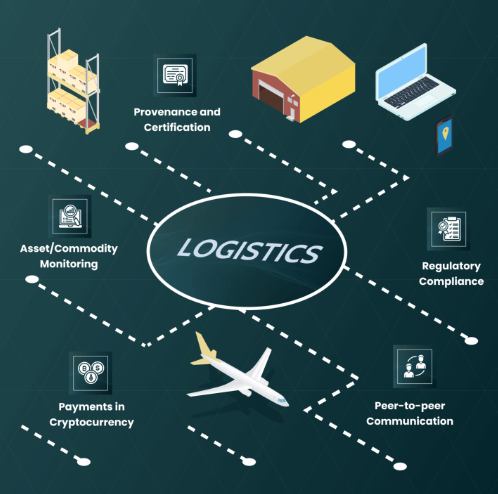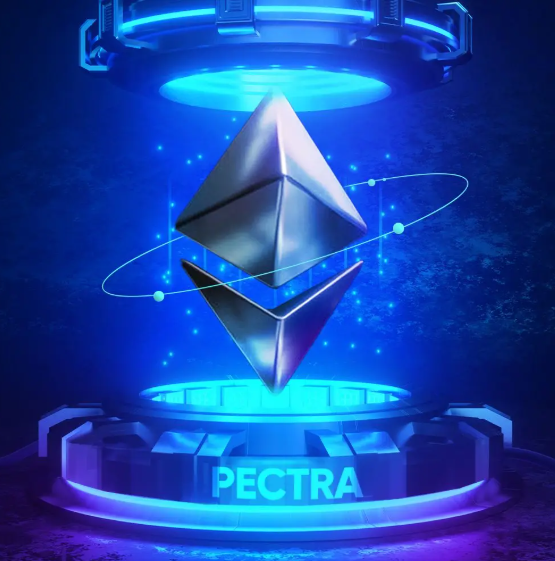
In the dynamic world of Web3, capturing attention is easy, but keeping it is where the challenge lies. Many Web3 projects rise quickly, fueled by hype and speculative interest, but they often fall just as fast. What truly separates the projects that endure from those that fade away is user retention. Tokenized rewards have emerged as a powerful tool for Web3 founders who want to move beyond short-term engagement and focus on building lasting, decentralized ecosystems where users are not just participants but passionate advocates and contributors.
Why Retention Matters in Web3
In the decentralized world of Web3, user retention is a critical element of success. Unlike traditional platforms, where users are more tethered to a specific service, Web3 projects offer unprecedented freedom. Users can easily shift their attention and resources to competing platforms, which makes retaining them a much more complex task. This is especially important because Web3 projects thrive on active community participation, shared ownership, and mutual trust.
Web3 users are more than consumers—they’re stakeholders. They have the ability to make decisions, govern platforms, and influence the ecosystem through activities like trading, staking, and governance. A loyal user base isn’t just a source of growth; it’s the foundation that keeps a project alive, ensuring that it remains competitive in a rapidly changing market.
Retention’s Impact on Business Economics
Customer retention in Web3 can have several advantages for businesses, including:
- Lower Acquisition Costs: The cost of acquiring new users can be high, often requiring expensive token giveaways or promotional efforts. By retaining users, Web3 projects can lower these costs over time and direct resources to other aspects of growth. Loyal users can also bring in new customers through organic word-of-mouth referrals.
- Higher Lifetime Value: Engaged users tend to interact more frequently with the platform, making repeat purchases or contributing to governance decisions. This increases their overall value to the project. Over time, these loyal users become more involved, creating a stronger emotional bond with the platform.
- Community Growth: Loyal users are key to building vibrant DAOs (Decentralized Autonomous Organizations) and NFT communities. They not only participate but also advocate for the platform, helping it grow through word-of-mouth and personal referrals.
How Tokenized Rewards Can Boost Retention
Tokenized rewards are a game-changer in Web3, going far beyond traditional loyalty programs. By using blockchain technology, these rewards offer greater flexibility, ownership, and transparency, which resonate deeply with Web3 users.
- Ownership as a Powerful Motivator
Tokenized rewards give users real ownership of their incentives, whether in the form of fungible tokens (FTs) or non-fungible tokens (NFTs). These tokens can be traded, sold, or held, creating a strong emotional connection to the platform. For example, Nike’s .SWOOSH platform rewards users with digital sneakers as NFTs that they can use within the Nike ecosystem, offering a glimpse of how tokenized rewards can reshape customer engagement. - Cross-Ecosystem Flexibility
Unlike traditional reward systems, tokenized rewards aren’t limited to one platform. Users can use them across different ecosystems or trade them on secondary markets, enhancing their value. Adidas’ “Into the Metaverse” NFT collection, for instance, offered holders not just virtual goods, but access to exclusive real-world merchandise and experiences, demonstrating how brands can expand the utility of rewards. - Gamification for Deeper Engagement
Tokenized rewards create opportunities for gamification, which makes loyalty programs more engaging. Through challenges, leaderboards, and tiered incentives, platforms can create interactive experiences that keep users actively involved. A program like Warner Bros. Discovery’s “B/R Watch to Earn” kept fans engaged by rewarding them with points for trivia during live broadcasts, which could then be redeemed for exclusive merchandise or experiences. - Transparency and Trust
Blockchain ensures that tokenized rewards are transparent, auditable, and tamper-proof, which builds trust with users. Knowing that the rewards system is secure and transparent makes users feel more invested. For example, Uphold’s loyalty program rewards active users with benefits such as higher interest rates and early access to new features, all while ensuring transparency in its reward structure.
Strategies for Building Tokenized Reward Systems in Web3
For Web3 founders, implementing a tokenized rewards program requires careful planning. It’s about creating a system that fosters loyalty and is deeply embedded in the platform’s ethos.
- Tailor Reward Structures to Your Platform’s Needs
Successful tokenized reward programs are customized to meet the needs of your platform. Instead of opting for a generic approach, consider the following:- Fungible Tokens (FTs): These tokens are ideal for activities requiring frequent transactions or liquidity, such as staking and governance.
- Non-Fungible Tokens (NFTs): NFTs are perfect for rewards tied to exclusive content or community milestones.
A hybrid approach, blending the scalability of FTs with the uniqueness of NFTs, can help maximize engagement.
- Gamify Your Rewards to Enhance User Experience
Gamifying your rewards program can keep users coming back for more. By incorporating elements like challenges, competitions, and tiered rewards, you can motivate users to remain engaged. For example, offering badges or special access as rewards for completing challenges can encourage continued participation. - Enable DAO Governance for Deeper Community Involvement
Web3’s decentralized nature makes DAOs an ideal fit for tokenized rewards. Allowing token holders to vote on key decisions, propose new features, or participate in governance activities helps align their interests with the project’s long-term success. Active participation in these activities should be incentivized with additional rewards. - Ensure Seamless User Experience
A tokenized reward system should integrate seamlessly into the user experience. Simplifying the onboarding process and making it easy for users to manage tokens are crucial for reducing friction. Solutions like Wallet-as-a-Service (WaaS) can streamline the process, making it easier for users to participate without feeling overwhelmed by technical complexities. - Foster Cross-Ecosystem Utility
To keep users engaged, tokenized rewards should work across different platforms and applications. For example, tokens earned on one platform could provide access to benefits in others, creating a broader ecosystem that keeps users invested in the long run.
Final Thoughts
Building a strong retention strategy in Web3 is about more than offering temporary rewards. Tokenized rewards provide an opportunity for projects to build ecosystems of value where users feel like true stakeholders. With the right reward structure, gamification elements, and transparency, Web3 founders can create loyal communities that drive long-term growth and success.
Tokenized rewards are not just a tool—they’re a foundation for building lasting relationships with users and fostering an ecosystem where everyone is invested in the project’s future.





